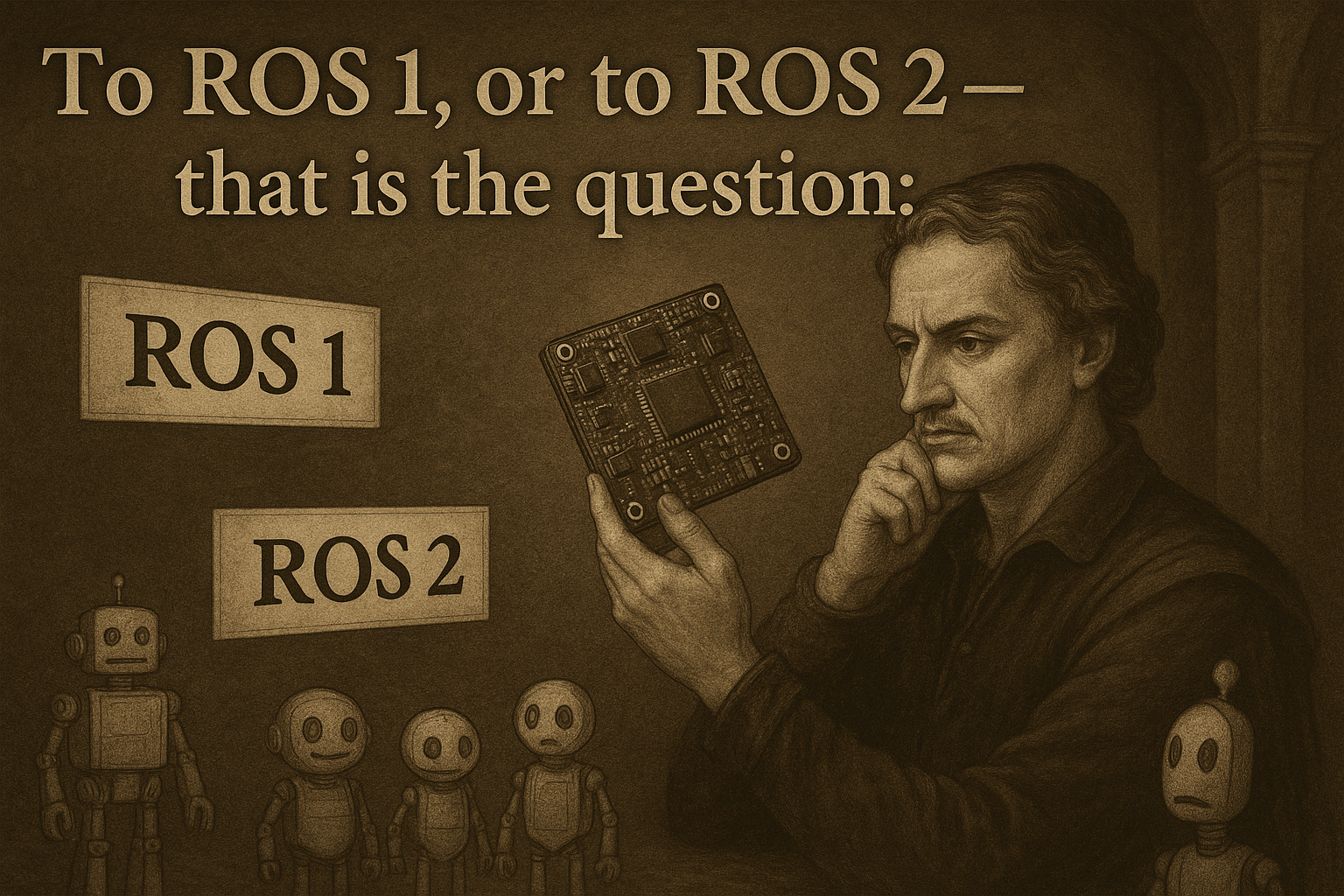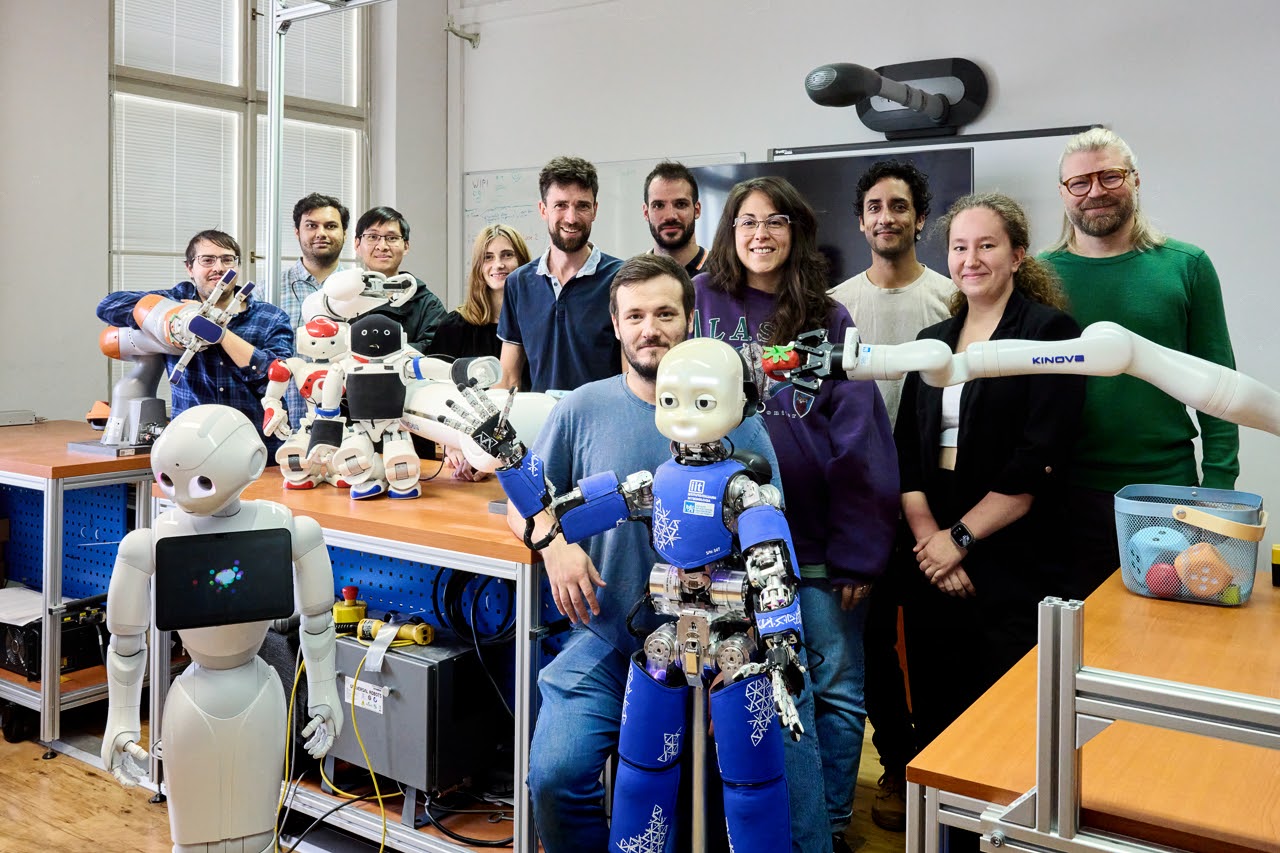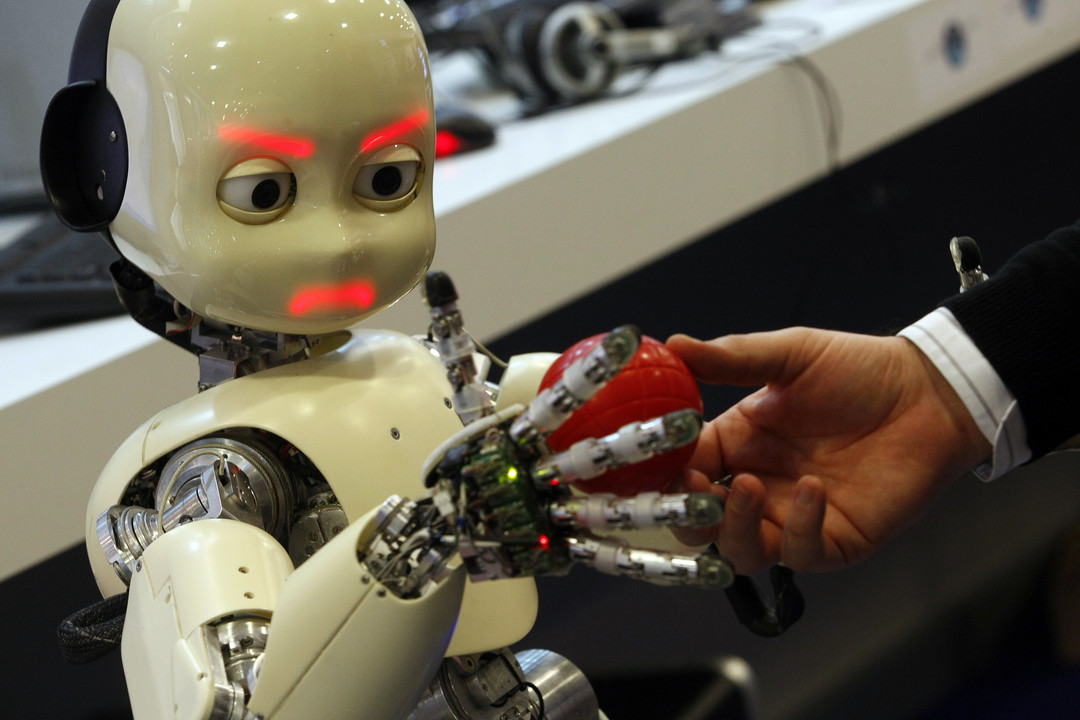3D Collision-Force-Map for Safe Human-Robot Collaboration
P. Svarny, J. Rozlivek, L. Rustler and M. Hoffmann, “3D Collision-Force-Map for Safe Human-Robot Collaboration,” 2021 IEEE International Conference on Robotics and Automation (ICRA), Xi’an, China, 2021, pp. 3829-3835, doi: 10.1109/ICRA48506.2021.9561845.
Abstract
The need to guarantee safety of collaborative robots limits their performance, in particular, their speed and hence cycle time. The standard ISO/TS 15066 defines the Power and Force Limiting operation mode and prescribes force thresholds that a moving robot is allowed to exert on human body parts during impact, along with a simple formula to obtain maximum allowed speed of the robot in the whole workspace. In this work, we measure the forces exerted by two collaborative manipulators (UR10e and KUKA LBR iiwa) moving downward against an impact measuring device. First, we empirically show that the impact forces can vary by more than 100 percent within the robot workspace. The forces are negatively correlated with the distance from the robot base and the height in the workspace. Second, we present a data-driven model, 3D Collision-Force-Map, predicting impact forces from distance, height, and velocity and demonstrate that it can be trained on a limited number of data points. Third, we analyze the force evolution upon impact and find that clamping never occurs for the UR10e. We show that formulas relating robot mass, velocity, and impact forces from ISO/TS 15066 are insufficient—leading both to significant underestimation and overestimation and thus to unnecessarily long cycle times or even dangerous applications. We propose an empirical method that can be deployed to quickly determine the optimal speed and position where a task can be safely performed with maximum efficiency.



Leave a comment